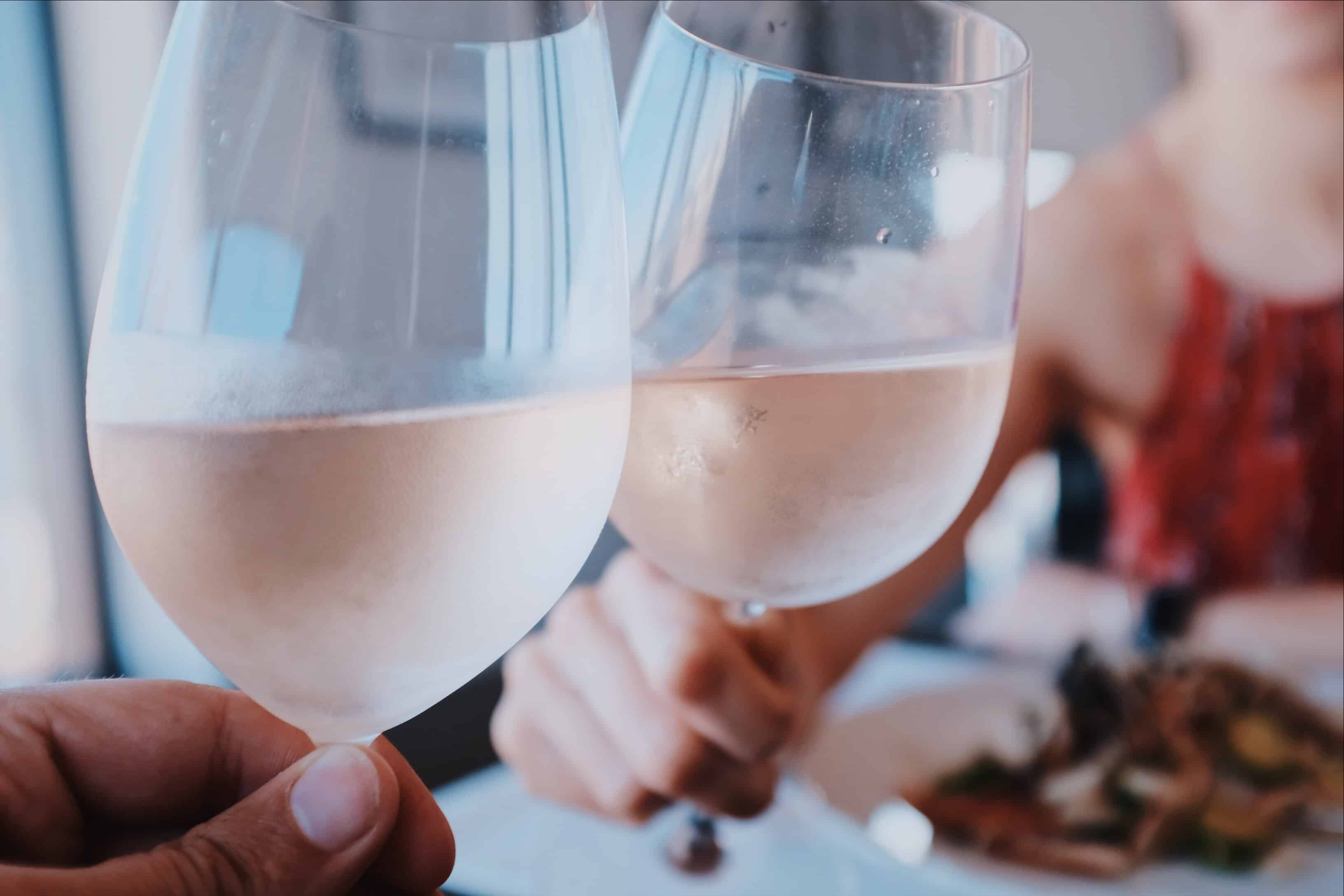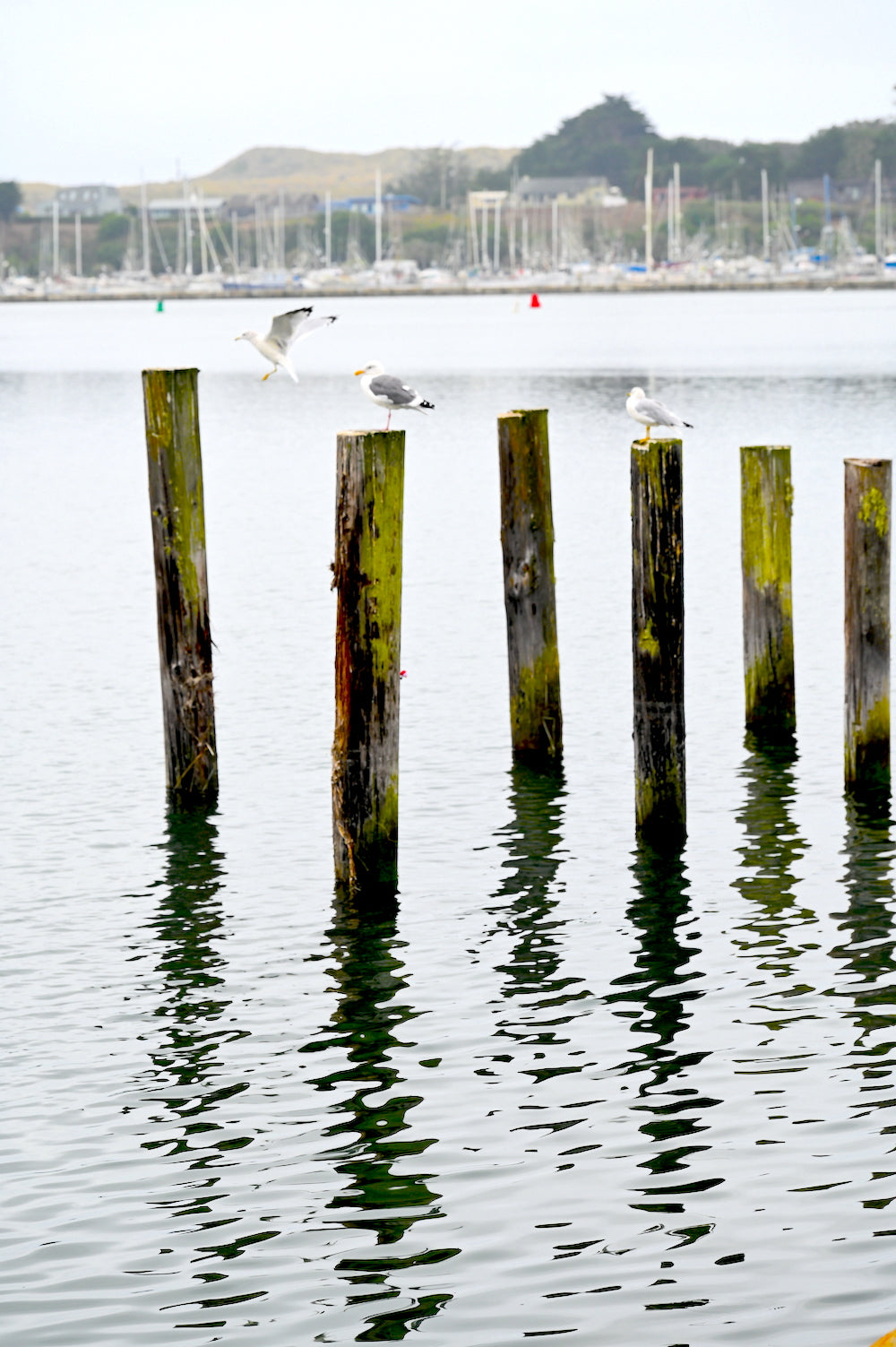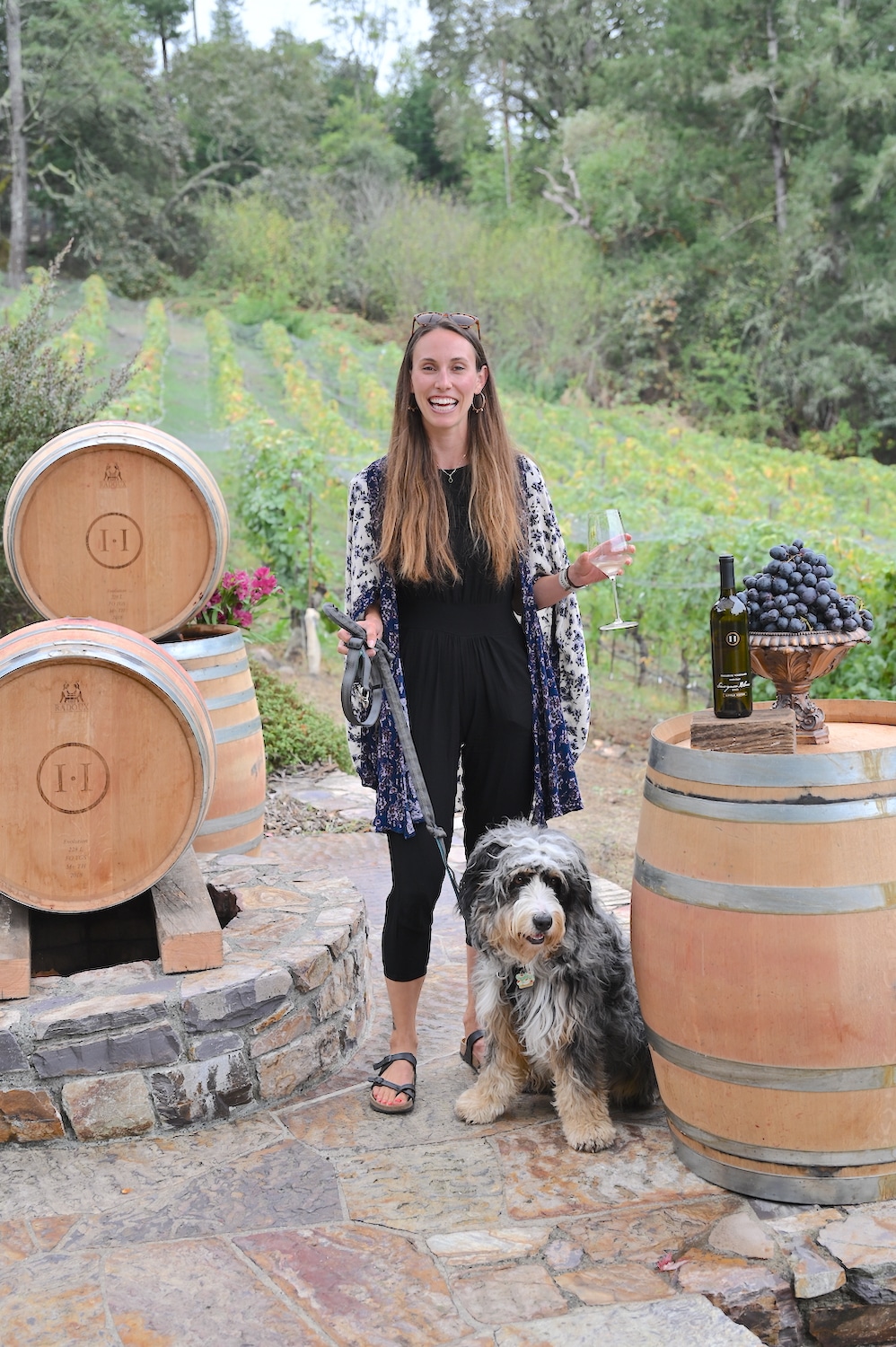Wineries With Outdoor Seating - Sebastopol Wine Tours And Vineyards
Wine tasting is an art that mixes sensory experience with an appreciation for the nuances of different varietals. How to evaluate flavors in winery wine tasting classes is pivotal to greedy the complexities of wine.
Participating in a wine tasting entails greater than merely sipping and savoring. It requires a focused approach to determine aromas and flavors that every wine presents. As you start, observe the wine's appearance, noting its shade and readability. These visible cues usually recommend a wine’s age, grape selection, and even potential flavor profiles.
The next step within the tasting process is to swirl the wine in your glass. This motion releases fragrant compounds which may be vital for analysis. Lean in and take a second to inhale deeply; the aromas can range from floral and fruity to spicy and earthy. The nose of the wine is just as necessary as the palate, and recognizing scents plays a major function in understanding the general experience.
When taking your first sip, allow the wine to move across your palate - Wineries Renowned For Cabernet Sauvignon In Sonoma. Notice the preliminary flavors that present themselves. Is the wine fruity, floral, or perhaps herbaceous? This preliminary taste gives perception into what the wine is prone to categorical as you proceed to gauge it. The mouthfeel also contributes to the overall flavor experience; it can be silky, tannic, or even effervescent.
Family-Oriented Wine Tasting Venues In Sebastopol - Top-Rated Wineries In Sebastopol
As you continue tasting, pay attention to the wine’s stability. A well-balanced wine will harmonize acidity, sweetness, and tannins. If one element overwhelms the others, it would indicate a less desirable high quality. Evaluating stability may help you identify how well the wine may pair with food.
Transitioning to the end, contemplate how the flavors evolve as the wine lingers in your palate. A lengthy, pleasant end can point out a high-quality wine, whereas a short or abrupt finish might recommend otherwise. Replicate on whether or not the flavors remain constant or if new notes emerge as the wine settles. This development can reveal complexities and intricacies that may not have been apparent in the initial tasting.
Temperature can be a crucial factor in evaluating wine flavors. Totally Different types of wine are optimally loved at particular temperatures. White wines often shine when chilled, while purple wines generally perform greatest at room temperature. When tasting, ensure the wine is at the applicable temperature to fully recognize its character.
Wineries Near Highway 12 - Sonoma's Finest Wineries
Pairing food with wine can greatly enhance the tasting experience. Foods can affect the perception of flavors in wine, both highlighting sure characteristics or diminishing them. When evaluating flavors, consider how the wine interacts with totally different foods, noticing which flavors are amplified or muted (Wine Tasting Trails In Sonoma Valley).
Think About the influence of terroir as you interact in a winery tasting. Terroir encompasses the distinctive environmental factors that have an result on grape rising, together with soil composition, climate, and geography. Understanding a wine's terroir can provide perception into its flavors and aromas, fostering a deeper appreciation for the alternatives made throughout its cultivation and manufacturing.
Schooling plays a basic function in enhancing one's capacity to evaluate wine flavors. Studying about grape varieties, wine regions, and production methods can pave the finest way for more knowledgeable judgments throughout tastings. Moreover, attending workshops or classes can refine sensory skills and broaden your flavor vocabulary, enabling you to articulate tasting notes more successfully.

Lastly, it is essential to do not forget that evaluating wine flavors is a extremely personal experience. Individual preferences and perceptions will invariably form one’s tasting journey. Enjoyment must be on the forefront, with the evaluation process performing as a software to reinforce understanding and appreciation rather than create rigid guidelines.
Wineries With Locally Sourced Food Options - Craft Wineries In Sonoma
In conclusion, mastering the means to consider flavors in winery wine tasting periods includes a mixture of sensory engagement, data, and practice. By learning to establish aromas, assess the balance, and appreciate the intricacies of flavor, wine enthusiasts can deepen their connection to each bottle they encounter. As with any art form, the extra one immerses themselves within the experience, the extra they may discover and benefit from the vast world of wine.
- Start by observing the wine's colour and readability, as these visible components can trace at its flavor profile and aging potential.
- Swirl the wine gently in your glass; this releases aromatic compounds, permitting you to better determine the advanced scents associated with the wine.
- Take a deep inhale earlier than tasting, focusing on both main and secondary aromas to gather insights on fruits, spices, and different nuances.
- When tasting, allow the wine to coat your palate; note the initial flavors, the mid-palate complexity, and the end as these phases can provide different flavor highlights.
- Pay attention to texture and mouthfeel, as aspects similar to tannin levels, acidity, and sweetness contribute considerably to the general tasting experience.
- Evaluate flavors in opposition to commonplace wine characteristics; for red wines, contemplate berry notes, oak influence, and herbal tones, whereas whites might embody citrus, stone fruits, and floral hints.
- Take notes in the course of the tasting session to trace your impressions, serving to you to remember and evaluate the completely different wines sampled.
- Focus On your findings with fellow tasters or winery workers, as sharing insights can enhance understanding and appreciation of particular person flavors.
- Enable time for the wine to breathe; generally, flavors evolve and reveal new dimensions after being uncovered to air.
- Experiment with food pairings through the tasting as they can dramatically alter how flavors are perceived, influencing overall enjoyment.undefinedWhat should I search for when evaluating the aroma of wine throughout a tasting?
Begin by click for more swirling the wine in your glass to launch its aromas. Convey the glass to your nostril and take a deep breath. Pay consideration to the primary scents you detect, as these are often probably the most prominent. Look for fruit, floral, natural, or earthy notes and attempt to establish specific characteristics, which will deepen your understanding of the wine's complexity.
Innovative Wine-Making Techniques In Sonoma Valley - Sebastopol Area Wine Tasting

How can I distinguish between different flavor profiles in wine?
Understand that flavor profiles are often categorized as fruit, floral, herbaceous, spicy, or mineral. Take small sips and allow the wine to coat your palate. Notice the primary flavors that emerge first and the refined notes that observe. This layering is important in distinguishing the wine's traits and will help you recognize its unique profile.
Wineries With Unique Wine Blends - Best Wineries For Wine Tasting Sonoma Area
What is the importance of the wine's texture in a tasting?

The texture of the wine, also called mouthfeel, plays a crucial role in how we perceive flavors. Pay attention as to whether the wine feels smooth, creamy, or gritty. The body of the wine (light, medium, or full) can improve or contrast with flavors, offering a more rounded experience during tasting.
How do I assess the balance of flavors in wine?
Steadiness in wine refers to the harmony between acidity, sweetness, tannin, and alcohol. Take a second to assess whether or not these elements complement or intervene with one another. A well-balanced wine will have none of its components overpowering the others, creating a nice tasting experience.
Spectacular Vineyard Views In Sonoma - A Winery In The Sonoma Valley To Discover
What function does temperature play in evaluating wine flavors?
Temperature can significantly impact the perception of flavors. Typically, purple wines are best served slightly beneath room temperature, whereas white wines get pleasure from being chilled. As the temperature adjustments, the aromas and flavors can shift, permitting you to understand different traits. It’s important to style wine at its optimal temperature for true analysis.
Wineries Promoting Sustainable Farming - Vineyards Near Sebastopol
How can I enhance my tasting skills over time?
Practice is essential to enhancing your tasting skills. Popular Wineries With Outdoor Seating In Sonoma. Attend tastings, hold a journal of your experiences, and explore various sorts of wines to broaden your palate. Additionally, learning about wine production and grape varieties can present context that enhances your evaluation process, making you a more informed taster.
Is there a particular order during which I ought to style the wines?
Wineries In Dry Creek Valley - Vines And Views In Sonoma Wine Country
Yes, it’s advisable to style wines from light to full-bodied and dry to sweet. This progression prevents the stronger flavors from overshadowing the more delicate ones, permitting you to totally respect each wine's traits and nuances with out palate fatigue.
How can I evaluate the aftertaste of wine?
Wineries Promoting Sustainable Farming - Top Sonoma Wine Tasting Destinations
The aftertaste, or finish, is an important side of the wine-tasting experience. After swallowing, take note of how long the flavors linger in your palate and whether or not they change. A long, pleasant end is usually an indicator of a high-quality wine, whereas a short or unpleasant end might suggest in any other case.
Why is his response it essential to note the wine’s acidity throughout tasting?
Acidity contributes to the general freshness and structure of the wine. Pay attention to the tingling sensation in your tongue; larger acidity can enhance the wine's liveliness and balance out sweetness. Noting acidity helps decide the wine's versatility with food and its aging potential.
What should I do if I struggle to determine specific flavors in wine?
Scenic Vineyard Tours In Sebastopol - The Beauty Of Sebastopol Wineries
Struggling to establish flavors is widespread, particularly for newbies. Focus on broader categories and describe what you'll be able to recognize, corresponding to candy or earthy notes. With practice, studying about totally different flavor profiles, and perhaps using flavor wheels, you'll refine your senses and develop a extra nuanced strategy to tasting.